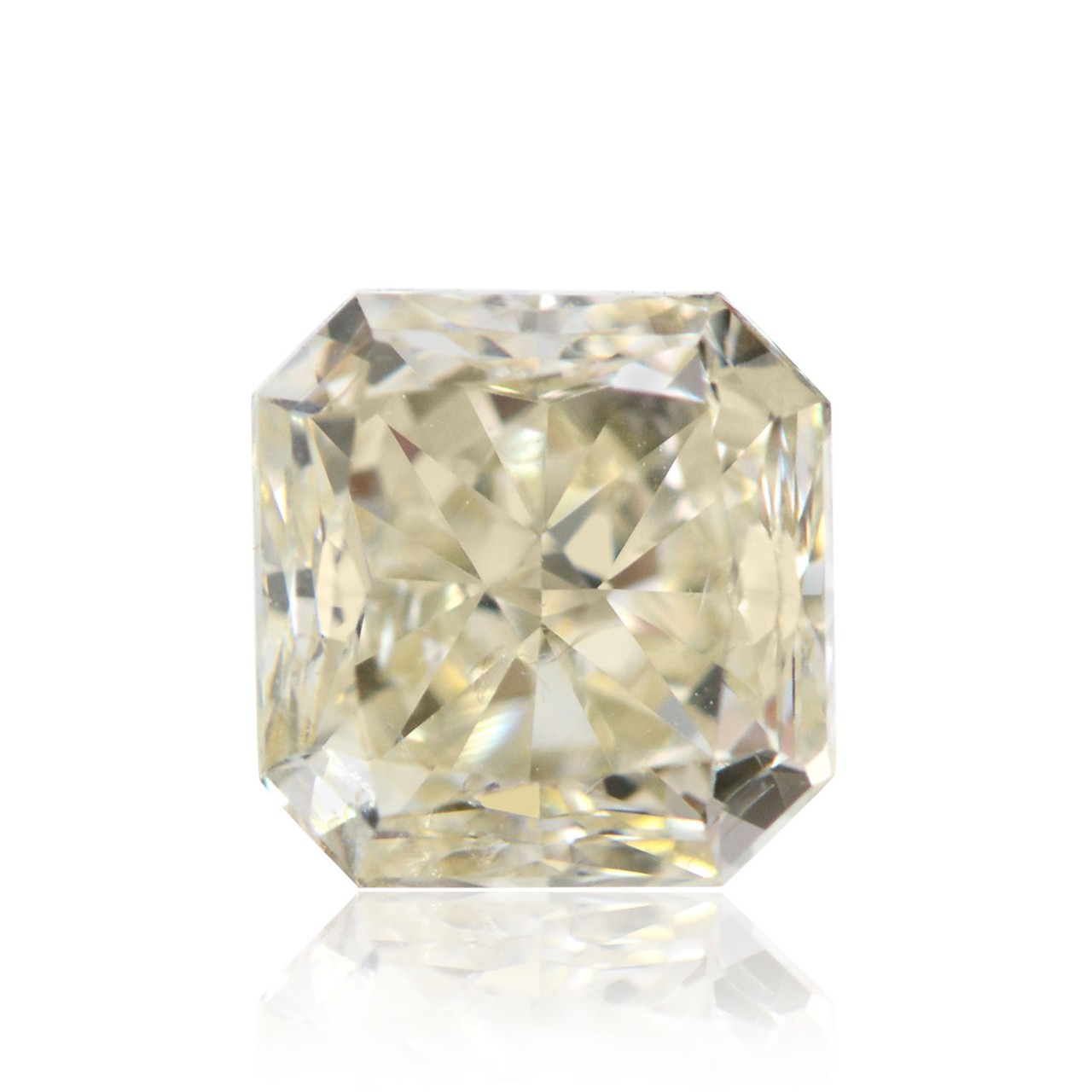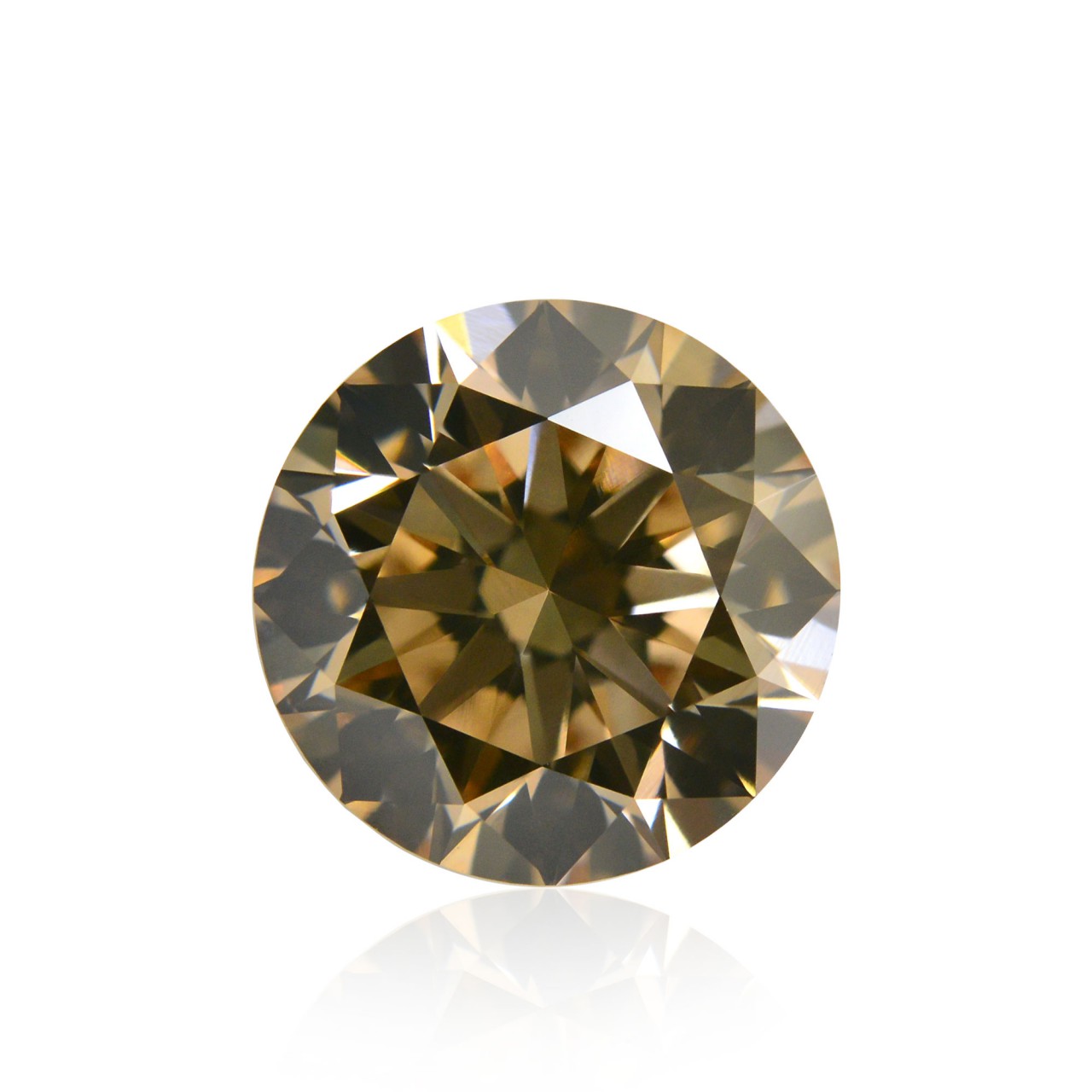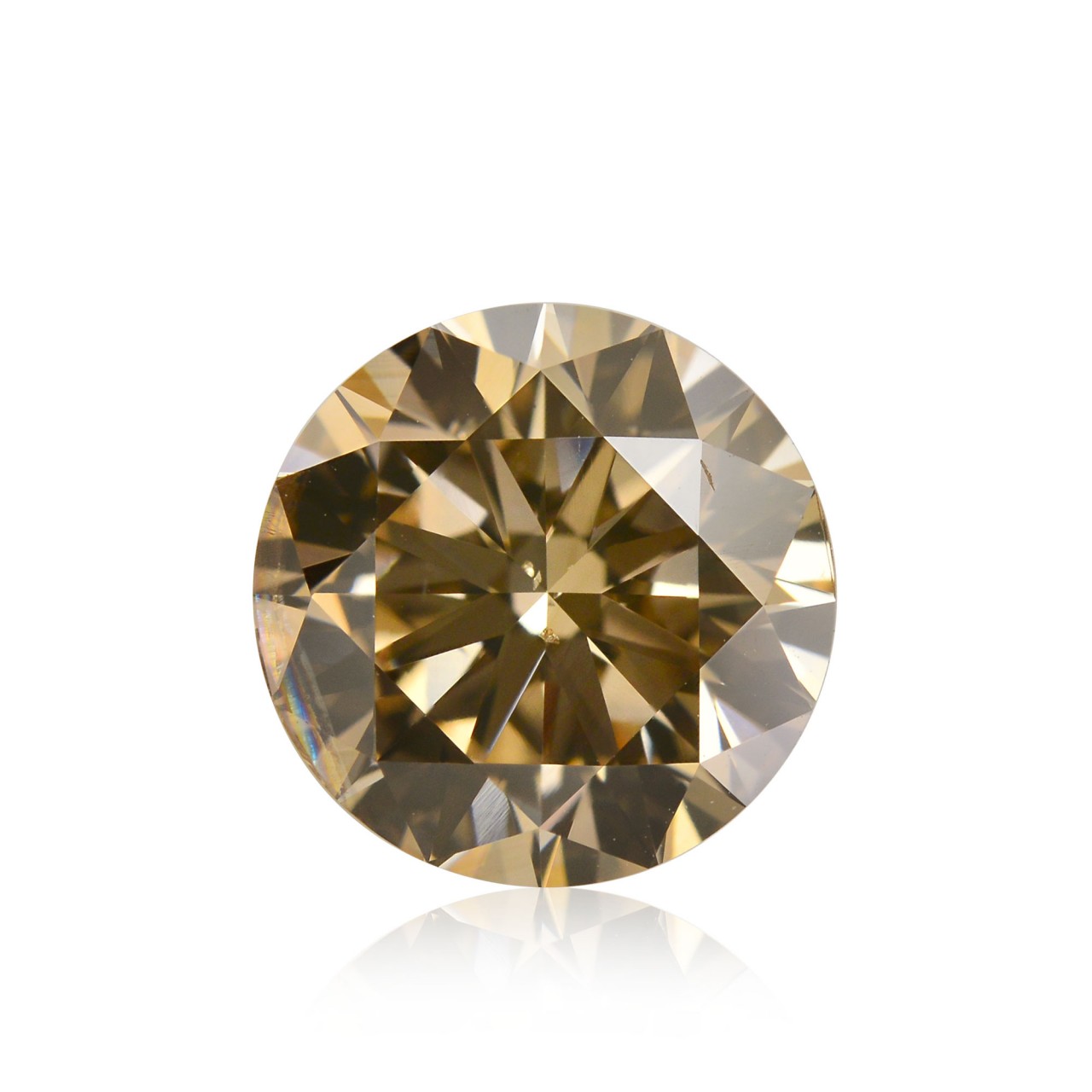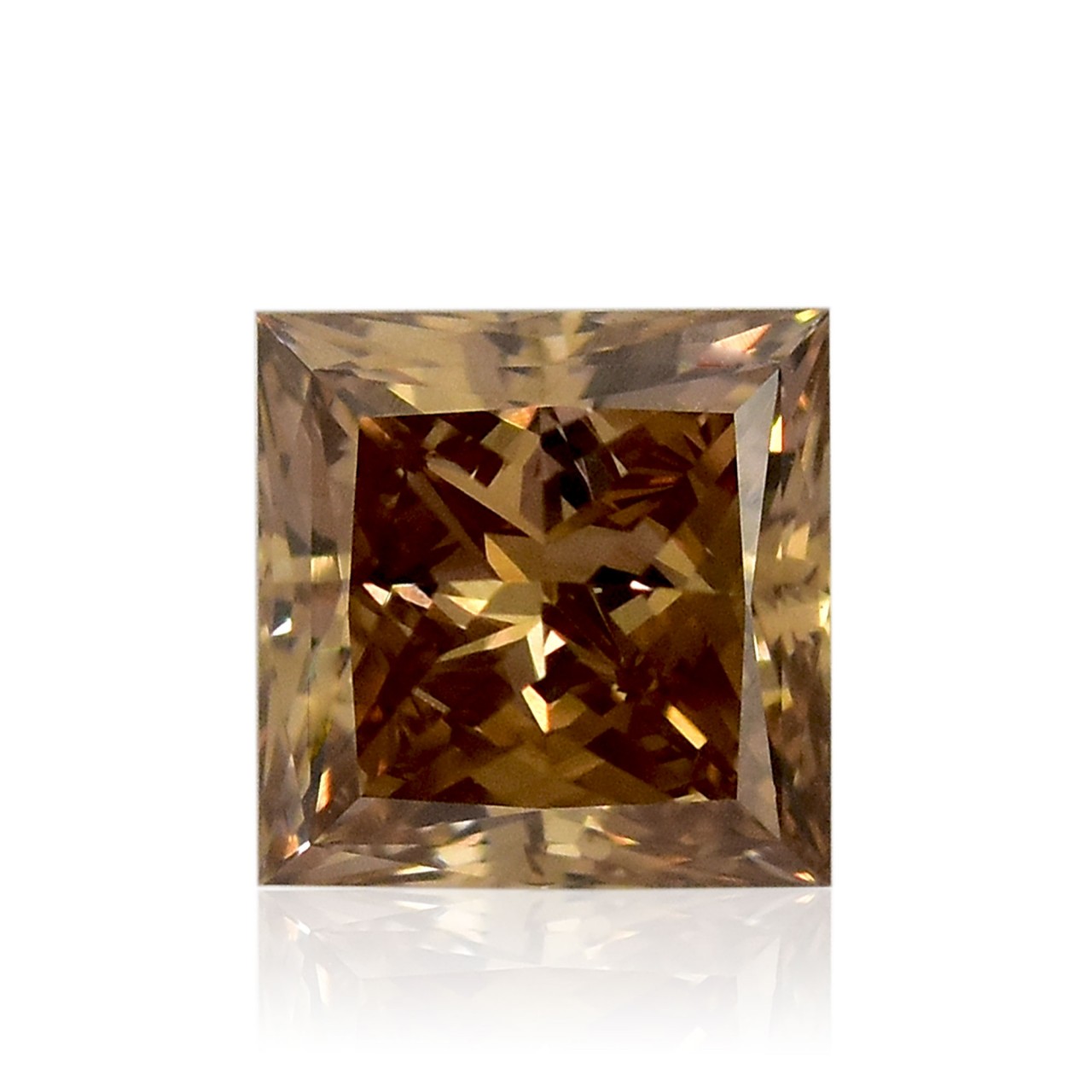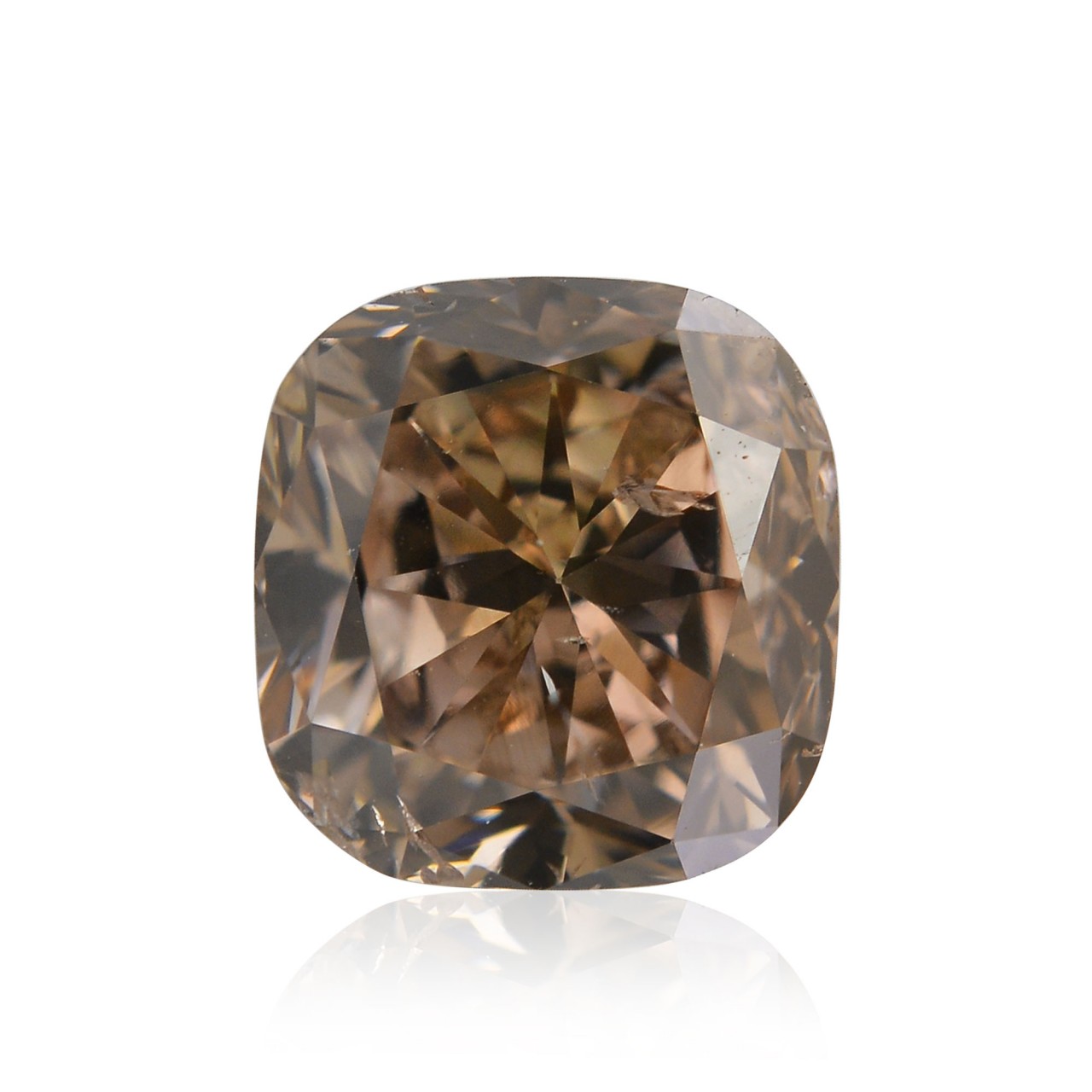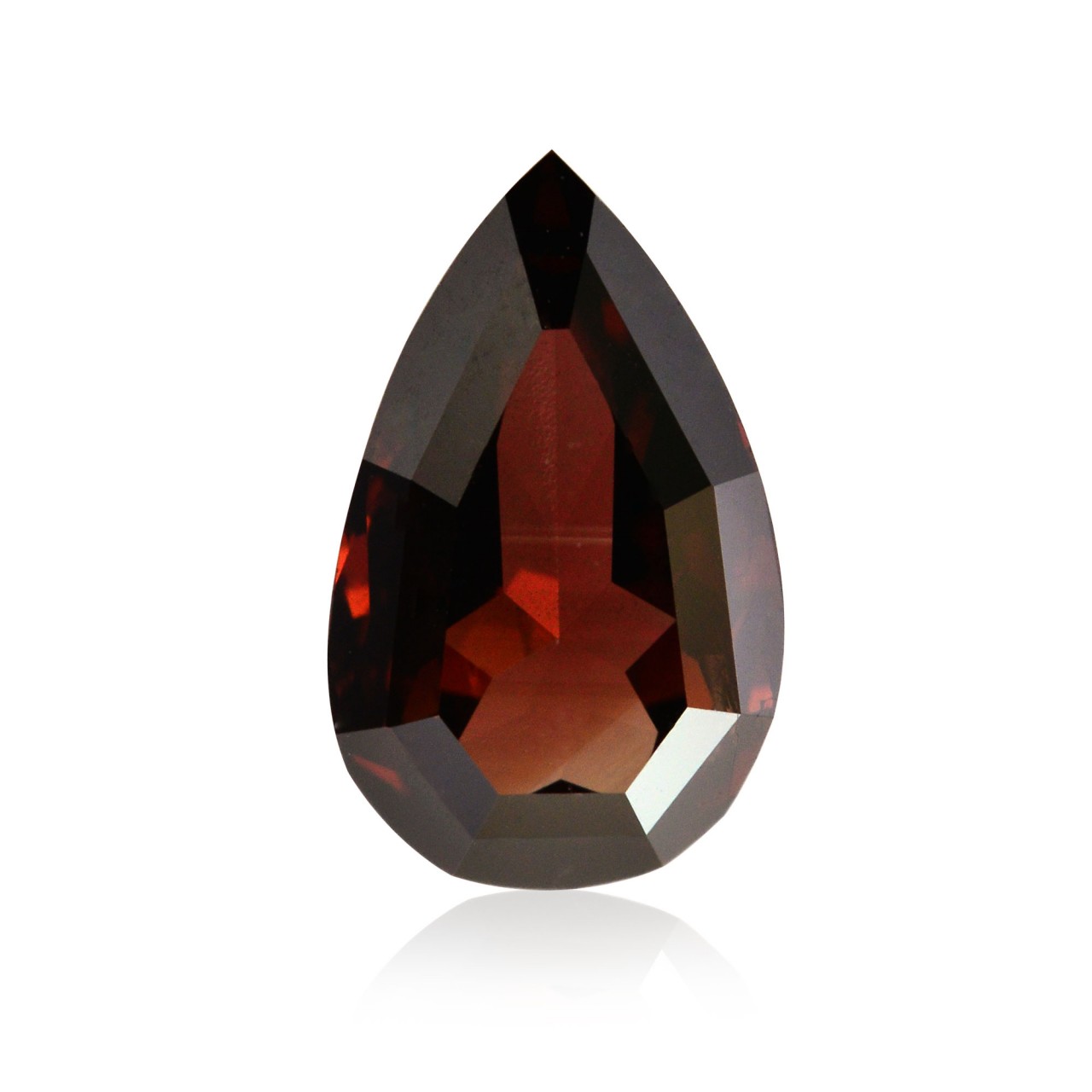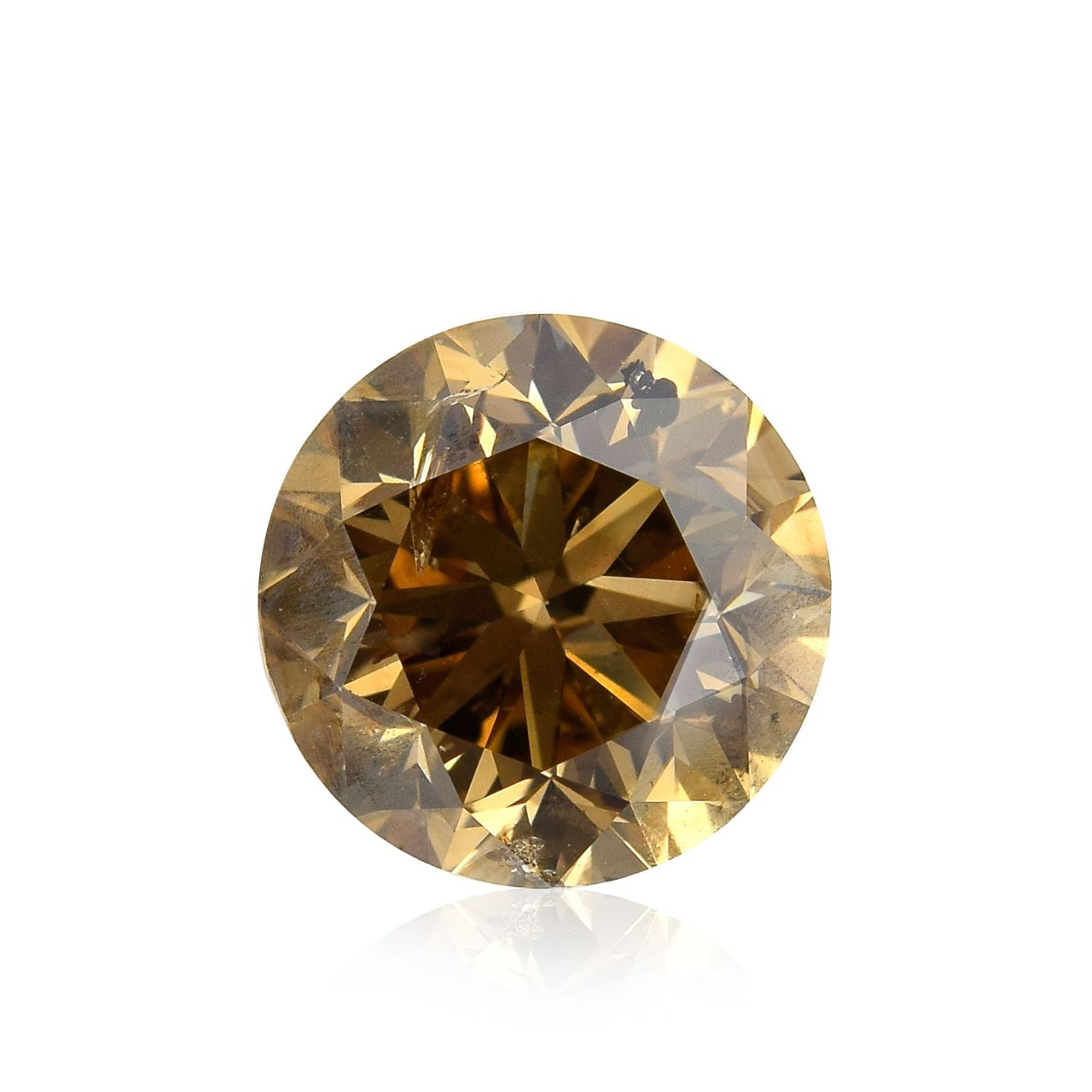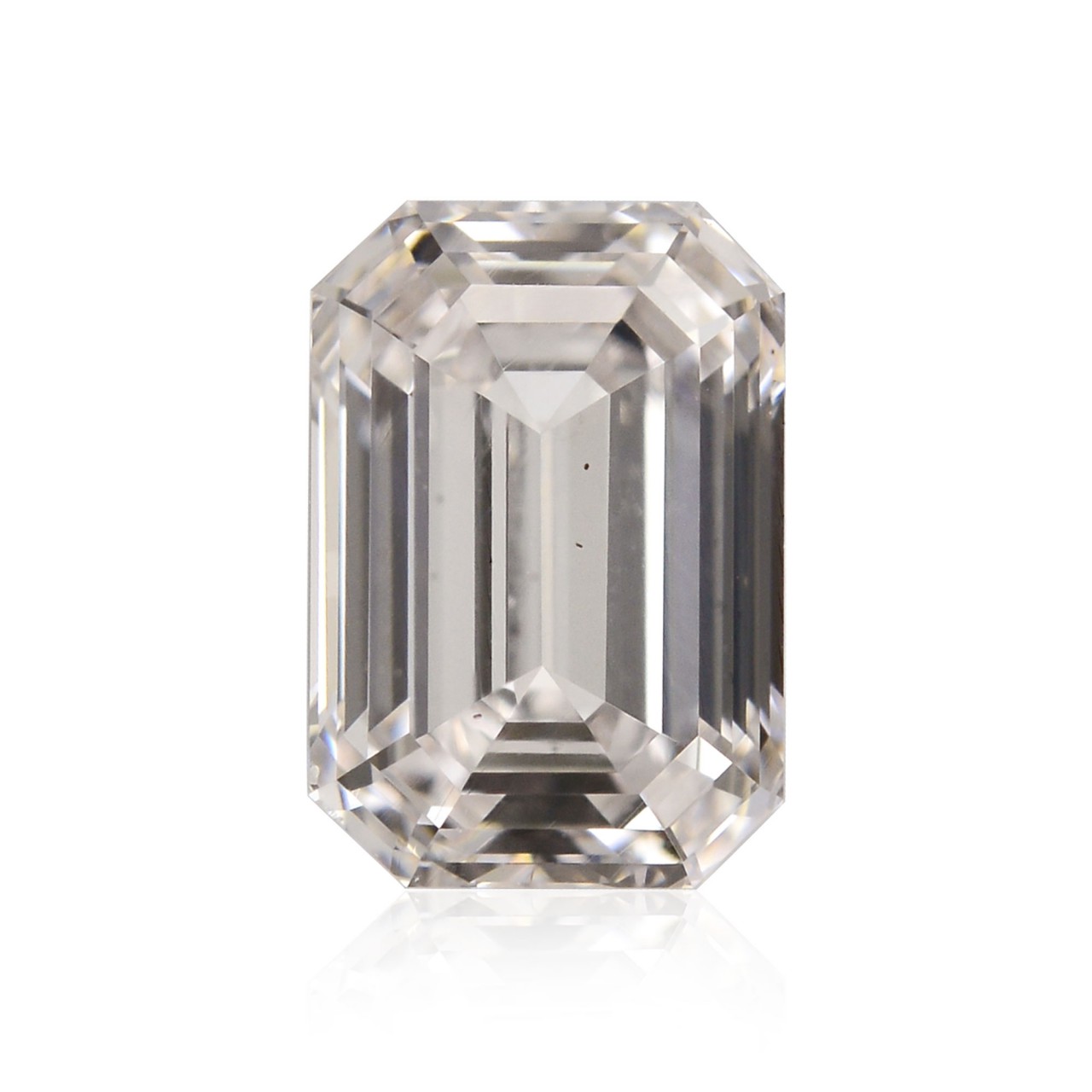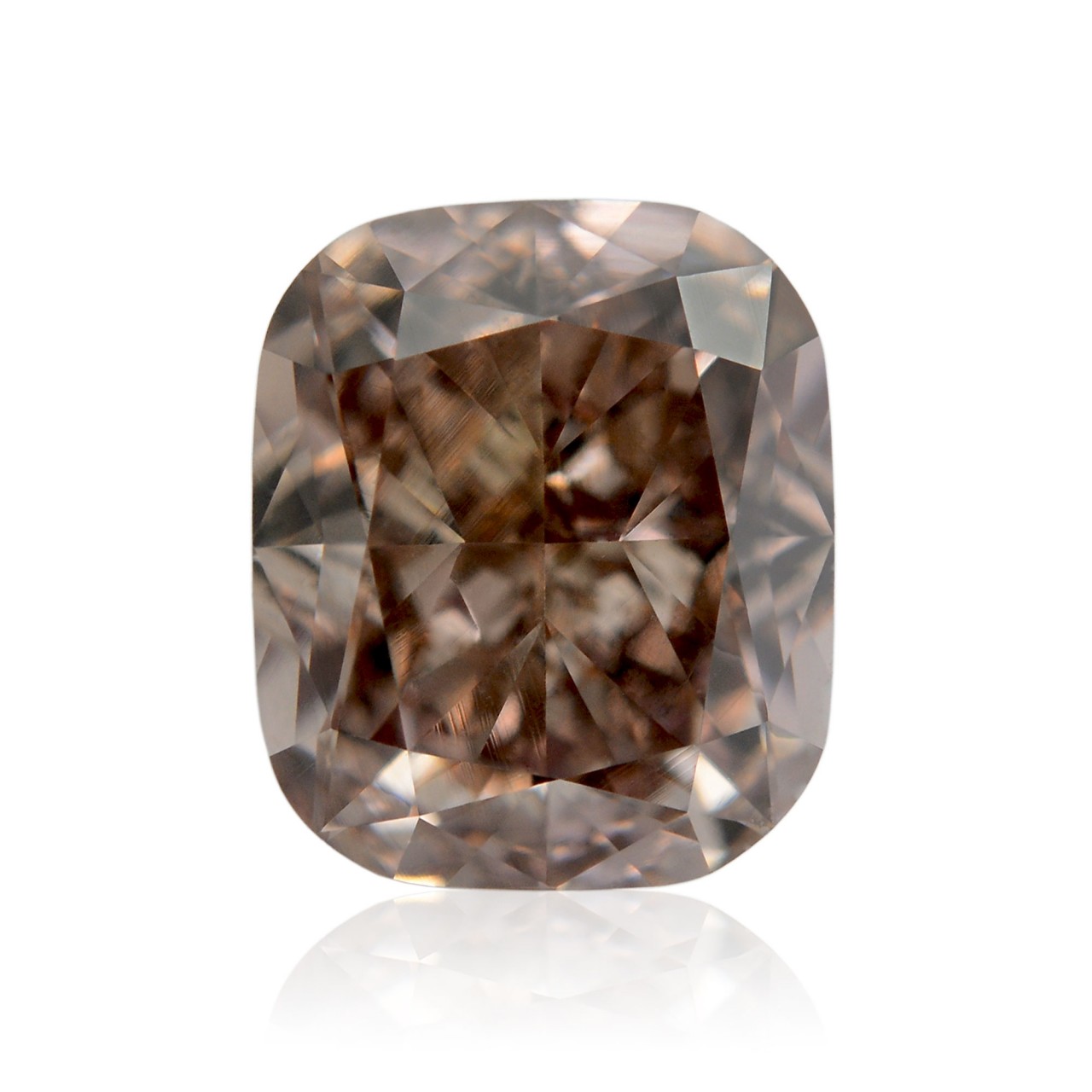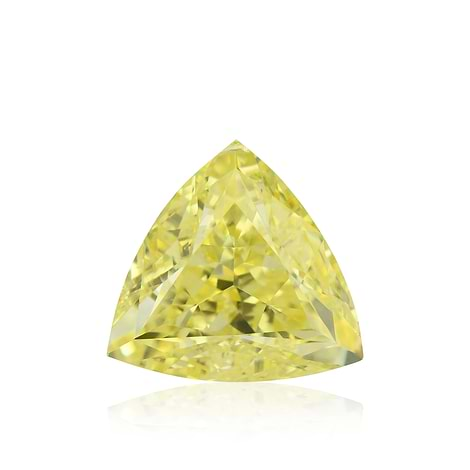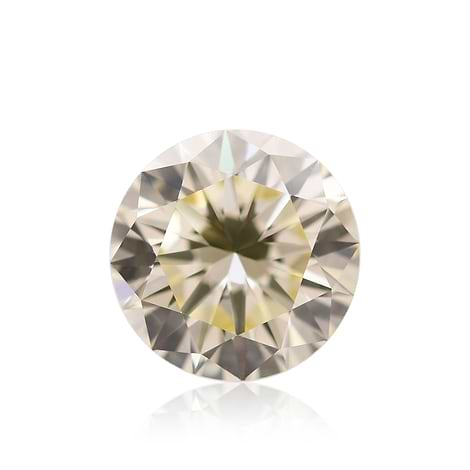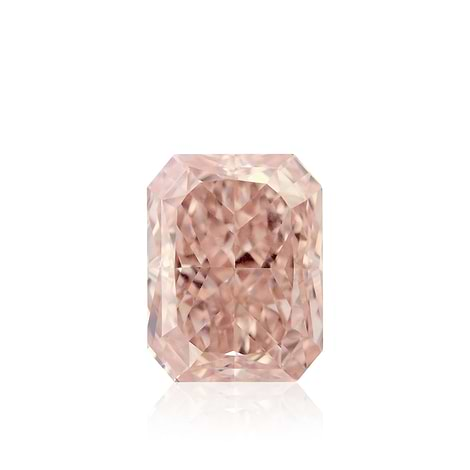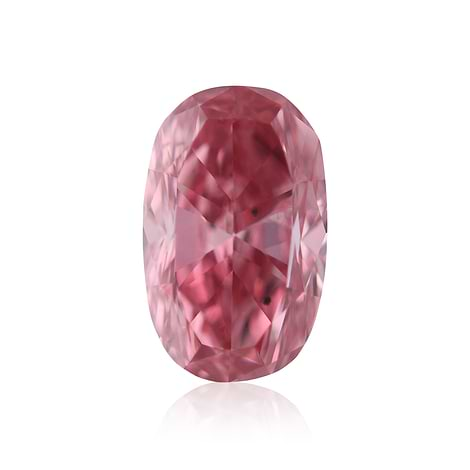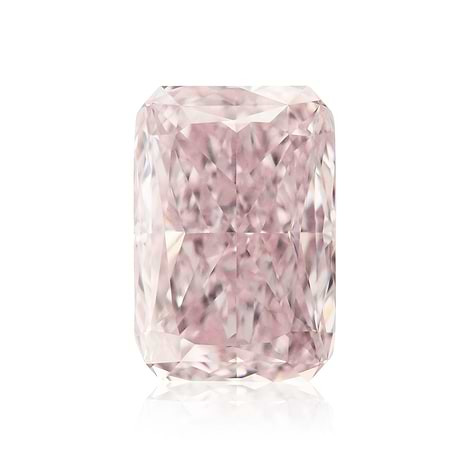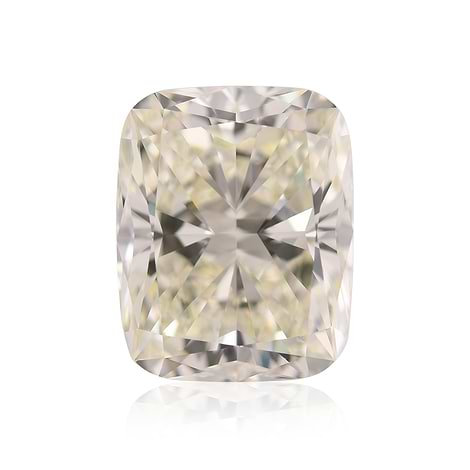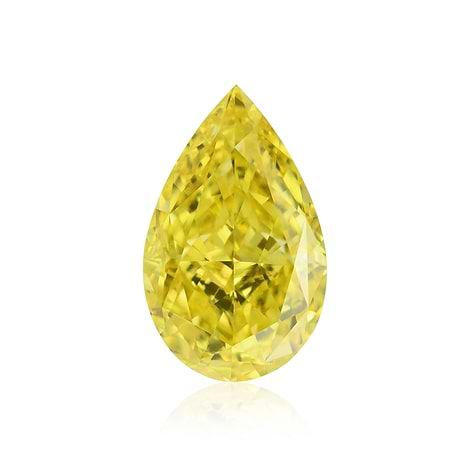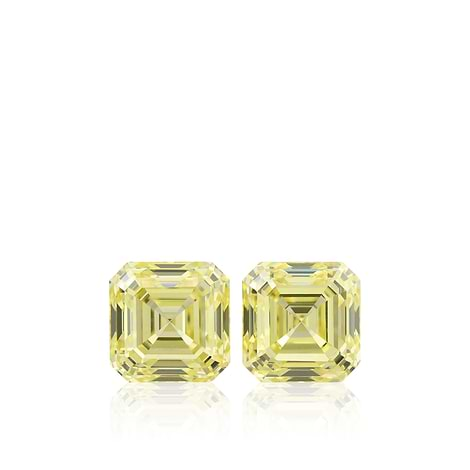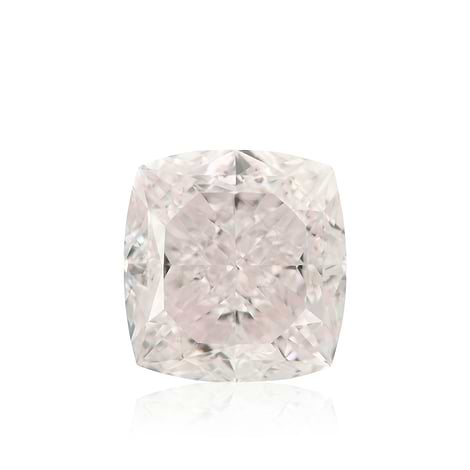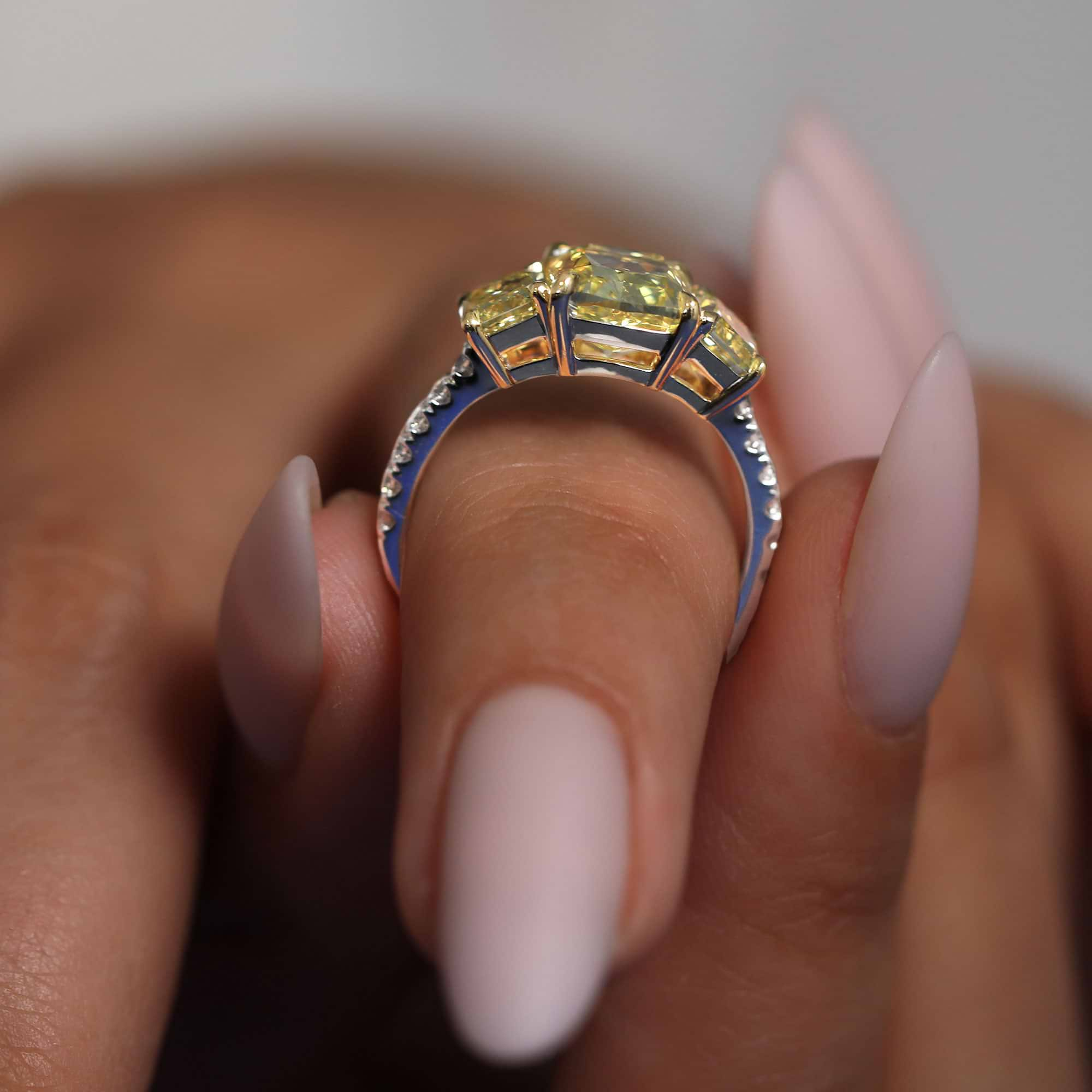Fancy color diamonds are divided by color. While some are simply know by their main color, such as pink diamonds, green diamonds, and so forth, other receive nicknames. Champagne diamonds are just one example. This term refers to the entire family of brown diamonds, since many brown stones have a color tone that is reminiscent of that bubbly beverage known as Champagne. (And you have to admit that the word champagne sounds a lot better than brown, and it's less than sparkling connotations).
Not all champagne diamonds are the same and they range from the lighter side of Faint and Light Brown (L-Z colors), while others are much darker and richer in color – such as Fancy Dark Brown. The champagne diamond color chart helps us understand the place of each champagne diamond, its intensity level, and its color combinations.
Understanding the Color Chart
In order to make sense of the champagne diamond color chart you must understand the basics of diamond color. While colorless diamonds and fancy color diamonds differ in many ways, and are even cut differently because of the color factor, they are still both diamonds and have plenty in common. Not only do they share most elements, they actually overlap. Basically, the color-grading chart for colorless stones starts with the letter D, categorizing the very best colorless diamonds, and ends with Z, labeling the least desirable colorless as well as color diamonds. This overlap is due to the fact that yellow coloring is found in many colorless diamonds. While this is undesirable when talking about colorless stones, it is extremely desirable in regards to fancy color diamonds. Therefore, colorless diamonds with a poor color because of traces of yellow are also the poor color diamonds, due to their very faint, barely-there yellow color.
How does this connect to champagne diamonds? Well, as mentioned earlier, champagne diamonds are essentially pale brown diamonds. The presence of nitrogen within a diamond causes a yellow color. However, when nitrogen is heated above 600 degrees Celsius, a brown color is created. Thus the evolution of a color diamond chart can begin with yellow diamonds and lead into an array of brown diamonds, including champagne stones.
Color Intensity Levels for Champagne Diamonds
Since the term champagne was originally introduced as a marketing strategy, there is no official definition of which color intensity levels constitute champagne diamonds. Nevertheless, most people who refer to champagne diamonds are generally talking about the light shades of brown. This will result in fancy brown diamonds with a lower color intensity level. Champagne diamonds will therefore often display faint, light, fancy light, or fancy color intensity levels. Stones with a deep or dark color intensity level will more likely fit into the brown diamond category, a title reserved for brown diamonds with a rich brown coloring.
Color Combinations for Champagne Diamonds
Fancy color diamonds are sometimes known and loved for their pure colors. However, not only are stones in this category more rare, they are also pricier. Furthermore, secondary colors offer color diamonds a great deal of character and can even enhance a color greatly. Typical color combinations for champagne diamonds can include pinkish brown, pink brown, yellow brown, and yellowish brown.
Like most fancy color diamonds, champagne diamonds are most successful when cut into the radiant and cushion shapes. Round champagne diamonds such as a fancy light brown round, fancy light pinkish brown round, and fancy light yellowish brown round will always be popular. Additional shapes like emerald, pear, and princess can also be located. If you come across a dark orange brown round or a dark reddish brown pear, they may be beautiful but they won’t quite have the specific champagne hue that you are looking for.
